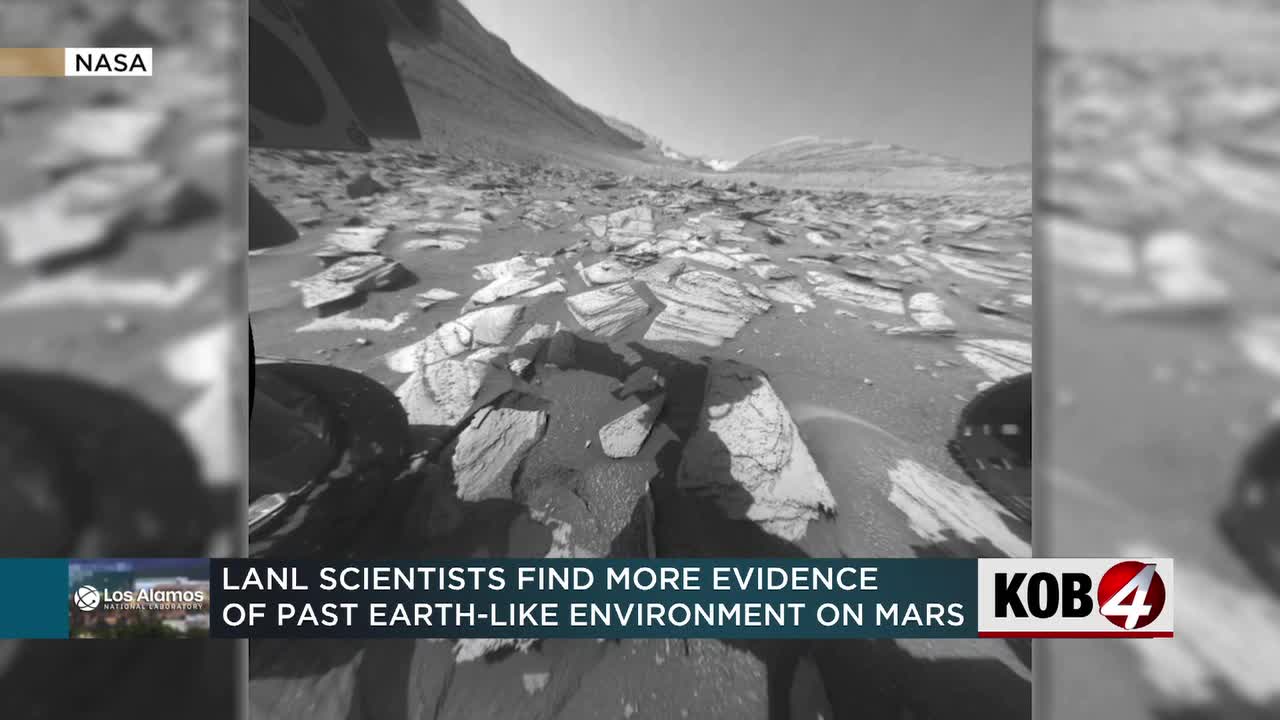Scientists at Los Alamos National Labs have made a groundbreaking discovery that could potentially change our understanding of Mars. The Curiosity Rover, which has been exploring the surface of the red planet since 2015, has found evidence of Earth-like environments on Mars.
The main objective of the mission is to determine if the planet’s surface could support life, and while scientists have not yet found definitive proof, they are hopeful that microbial life could survive on Mars. Patrick Gasda, a research scientist at LANL, published his findings in the Journal of Geophysical Research after working with the Curiosity Rover. His observations revealed that there was once running water on Mars, as seen in rivers flowing into lakes and rocks suggesting that a lake existed for an extended period.
Furthermore, images sent back from the Curiosity Rover show a vast field of manganese rocks that are layered and flat – characteristics that suggest they formed in lakes. These rocks also contain clay minerals that can only form in water. While the water on Mars has long since disappeared, researchers believe that it is possible for microbial life to survive on the planet. Every new image from Mars provides valuable insights and prompts further scientific inquiries into the possibility of life existing on the red planet.
